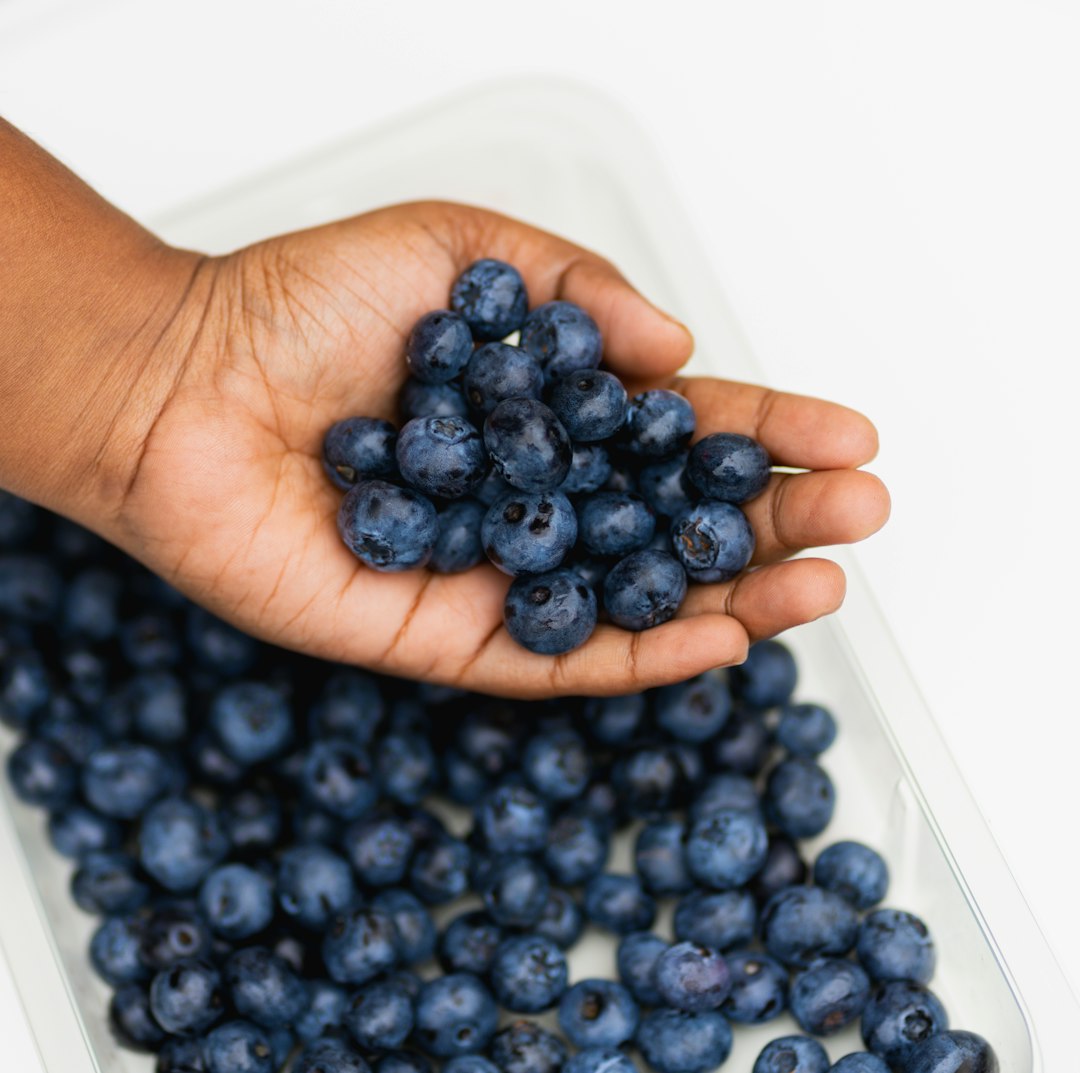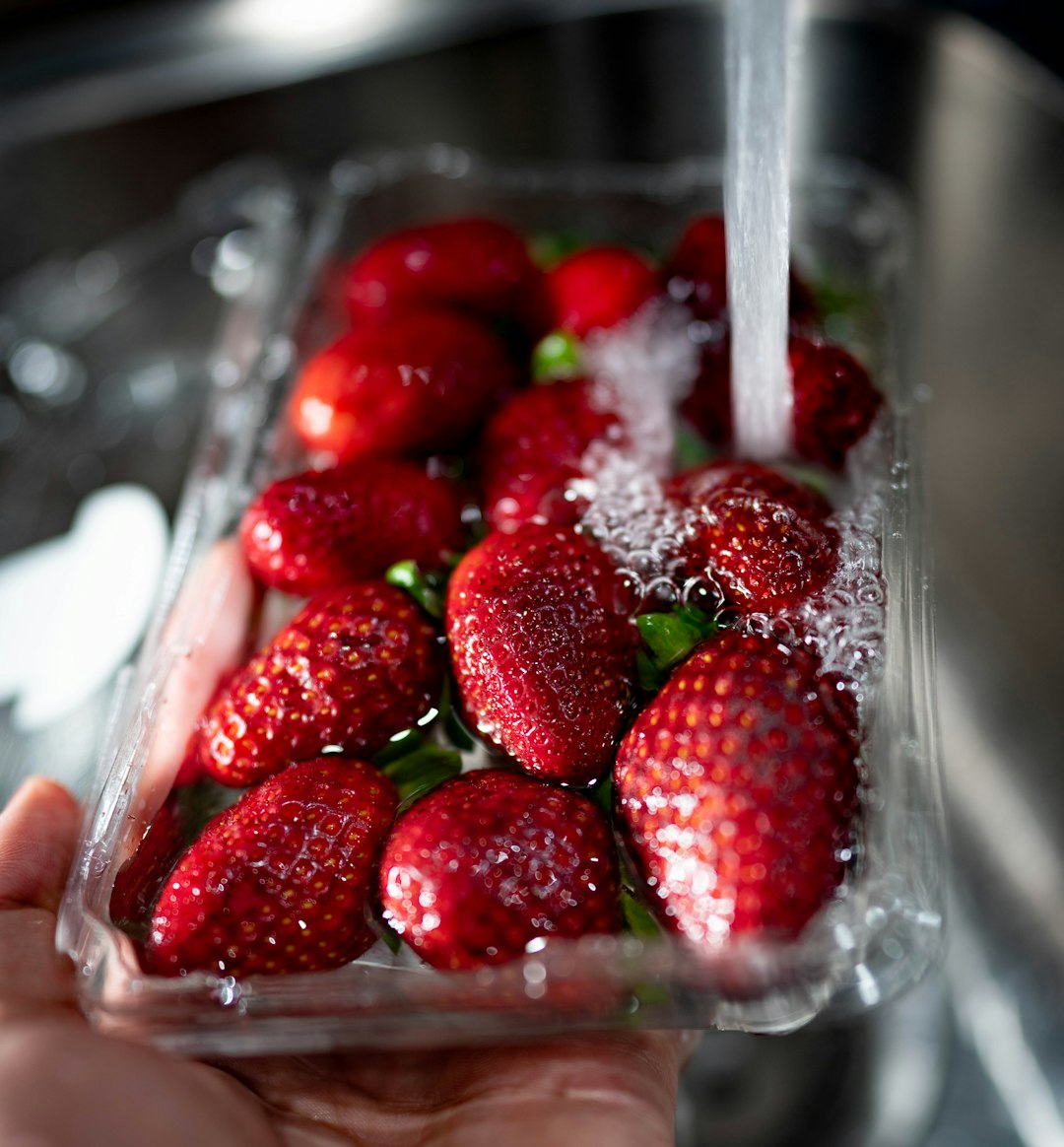Every time you buy fresh fruits and vegetables from the grocery store or market, many people ask the same question, “Do I really need to wash fruits and vegetables?” The general answer is ‘yes.’ Fruits and vegetables can be exposed to dust, dirt, and various contaminants from the farm to the market, so it is important to wash them before cooking.
The Food and Drug Administration (FDA) offers various washing methods for consumers to safely consume fruits and vegetables, one of the simplest and most effective methods is the ‘soaking method’. This method involves soaking fruits and vegetables in clean water for about 5 minutes, then scrubbing them under running water for about 30 seconds. This process can remove about 55% of pesticide residues from vegetables and about 40% from fruits.

Smart Washing Methods for Different Fruits and Vegetables According to FDA Guidelines
The way to wash fruits and vegetables can vary depending on the type. Here, we will look at the proper washing methods for various fruits and vegetables.
Washing fruits and vegetables is very important to protect our health. Each fruit and vegetable requires a unique washing method. Now, let’s take a closer look at the washing methods for grapes, strawberries, apples, bananas, oranges, green onions, peppers, perilla leaves, and cabbage.
1. Grapes That Need to Be Washed Individually
It’s better to wash grapes individually rather than as a whole bunch. Dust and pesticides can easily get stuck between the grapes, so it’s important to wash each grape thoroughly. Here are the step-by-step methods for washing grapes:
- Separate the grapes: Remove the grapes from the bunch one by one, being careful not to break the skins.
- Soak in water: Place the grapes in a large bowl and soak in cold water for about 5 minutes. This helps to gently remove dust and pesticides from the surface of the grapes.
- Wash under running water: After soaking, scrub the grapes under running water. Gently rub the grapes with your hands.
- Use baking soda or flour: For a more thorough wash, you can use baking soda or flour. Mix either with water and wash the grapes to more effectively remove pesticides.
- Rinse: Finally, rinse the grapes again under running water.
2. Strawberries That Easily Get Mushy
Strawberries are very soft and can easily get mushy, so care is needed when washing. Here are the methods for washing strawberries:
- Rinse under running water: Rinse the strawberries under running water, being careful not to use too much water pressure and handle them gently.
- Remove the stems: The stems of strawberries can retain a lot of pesticides, so it’s best to remove them after washing.
- Use a cleaning solution: Mix baking soda or vinegar with water, soak the strawberries, then rinse under running water to help remove pesticides. Use a 3:1 ratio of water to vinegar.
- Dry with a paper towel: Place the washed strawberries on a paper towel to remove excess water, being careful not to rub them.
3. Apples That Are Best Eaten with the Skin On
Apples are best eaten with the skin on for health benefits. However, pesticides can remain on the skin, so the following washing process is necessary:
- Wash under running water: Wash the apples under running water, adjusting the water pressure appropriately to scrub the entire apple.
- Use a brush: Use a fruit brush to scrub the apple’s skin to help remove pesticides.
- Use vinegar water: Mix water and vinegar in a 3:1 ratio, soak the apples for 5 minutes, then rinse under running water.
- Pay attention to the stem area: The area near the stem can retain a lot of pesticides, so wash this area thoroughly or remove it.

3. Bananas with Thick Skin
Bananas have thick skins that prevent pesticides and preservatives from penetrating. Therefore, no special washing is needed, but to remove external dust or contaminants, you can wash as follows:
- Rinse under running water: Rinse the banana peel under running water, scrubbing with your hands to remove dust and contaminants.
- Dry with a towel: After rinsing, dry the peel with a towel.
4. Oranges Coated with Wax
Oranges are coated with edible wax and do not need to be washed. However, to remove contaminants on the peel, you can wash as follows:
- Wash under running water: Wash the orange under running water, scrubbing the peel with your hands to remove dust and contaminants.
- Use a brush: Use a fruit brush to scrub the orange peel more thoroughly.
5. Green Onions with Pesticides on the Leaves
Green onions can have a lot of pesticides on their leaves, so careful washing is needed.
- Wash under running water: Wash the green onions under running water, scrubbing the leaves with your hands to remove pesticides.
- Remove wilted leaves: Wilted leaves can retain more pesticides, so remove and discard them.
- Soak in water: Soak the green onions in water for 5 minutes, then rinse again under running water.
6. Peppers That Need Attention to the Ends
Peppers can retain pesticides at the ends, so careful washing is needed.
- Wash under running water: Wash the peppers under running water, scrubbing with your hands.
- Remove the ends: If you suspect pesticide residue at the ends, cut off and discard the ends.
7. Perilla Leaves with Fine Hairs
Perilla leaves can have pesticides trapped between their fine hairs, so thorough washing is necessary.
- Wash under running water: Wash the perilla leaves under running water, scrubbing between the fine hairs with your hands.
- Soak in water: Soak the perilla leaves in water for 5 minutes, then scrub under running water for 30 seconds to remove about 70% of pesticide residues.
8. Cabbage with Pesticides on the Outer Leaves
Cabbage can have a lot of pesticides on its outer leaves, so wash as follows:
- Wash under running water: Wash the cabbage under running water, scrubbing the outer leaves with your hands.
- Remove the outer leaves: Remove and discard 2-3 outer leaves to more thoroughly remove pesticides.
Conclusion
Fruits and vegetables are important for maintaining our health. However, to safely consume fruits and vegetables that can be exposed to pesticides and contaminants, proper washing is essential. The various washing methods explained above consider the characteristics of each fruit and vegetable, and by practicing these methods, you can effectively remove pesticide residues and contaminants.
For fruits like grapes, strawberries, and apples, washing each piece thoroughly and scrubbing well can remove pesticides. Especially for grapes and strawberries, using flour or baking soda can make them even cleaner. Although eating apples with the skin on is healthy, be sure to wash off any pesticide residues near the skin.
For fruits like bananas and oranges, their thick skins prevent pesticides from penetrating, but it is good to rinse them under running water to remove external contaminants. For vegetables like green onions, perilla leaves, and cabbage, which can have a lot of pesticide residues on their leaves, it is important to wash thoroughly and remove wilted or outer leaves.
Even for frozen fruits and vegetables, it is safe to wash them again, even if the packaging indicates ‘pre-washed’ or ‘ready to eat’. Frozen vegetables can be exposed to harmful bacteria, so an additional wash is safe.

By following these processes, we can consume fruits and vegetables more safely. Proper washing of fruits and vegetables is the first step in protecting our health, and by doing so, we can remove pesticide residues and contaminants to maintain a safe and healthy diet. Therefore, it is important to practice these washing methods in daily life.
For a healthy diet
, it is essential to carefully select fruits and vegetables and wash them properly. These efforts will greatly help in protecting our health. By making it a habit to remove pesticide residues and contaminants and safely consuming fruits and vegetables, we can live a healthier life.
